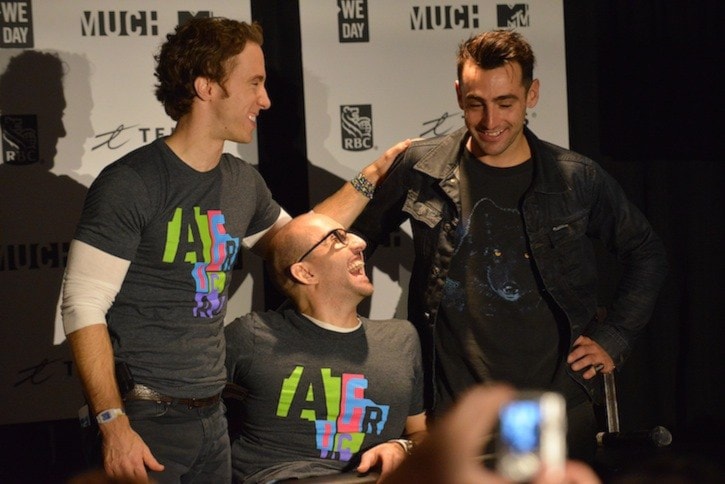I used to believe people who wore brand name clothing that supported socially-conscious ideas only wore them because it’s trendy. I was put off by this. But after sitting down with some youth to speak on the matter, I have a new perspective.
Our society is awash with proactive young role models such as Craig and Marc Kielburger for Free the Children or Lena Dunham for her raw feminist ideals. When youth see that social consciousness is part of popular culture, they want to be a part of it. They want to make a change. Many teens have embodied this proactive thinking, but can’t find an affordable outlet to practice it.
“It’s a match made in heaven for teenagers because they want to buy clothes, and then they feel good buying the clothes because they know that the money that they’re spending is going to something good,” says Joanna Morrison, a youth and supporter of socially conscious clothing. Many brand names offer clothing and shoes with deals that when an article is bought, the company supports an environmental or social cause. Toms for instance is a shoe company that donates one pair of shoes to a third world country when one pair of shoes is bought. Ten Trees naturally plants 10 trees for every article of clothing. Even American Apparel brands themselves as sweatshop free. All of these companies have large teenaged followings. When I asked what made it “cool” to buy these clothes, Morrison said it’s not about being cool, it’s about the individual contribution.
“Everyone wants to individually make a change, and have a feeling of success after fulfilling a really big project. So when you buy these clothes, it makes you feel good because you personally went out to buy the clothes. Instead, if you’re in a big group working on a project, it’s not just you anymore that’s making the difference, it’s everyone. Which is good also, but it gives you a different feeling to do it alone.”
Youth are already socially conscious; they already want to buy clothes, so these brands are smart to target a market ready to spend their money on what they considered a win-win situation. Maybe there are more direct ways teenagers can aid in a prosperous community, but for now they seem perfectly content doing it this way.
